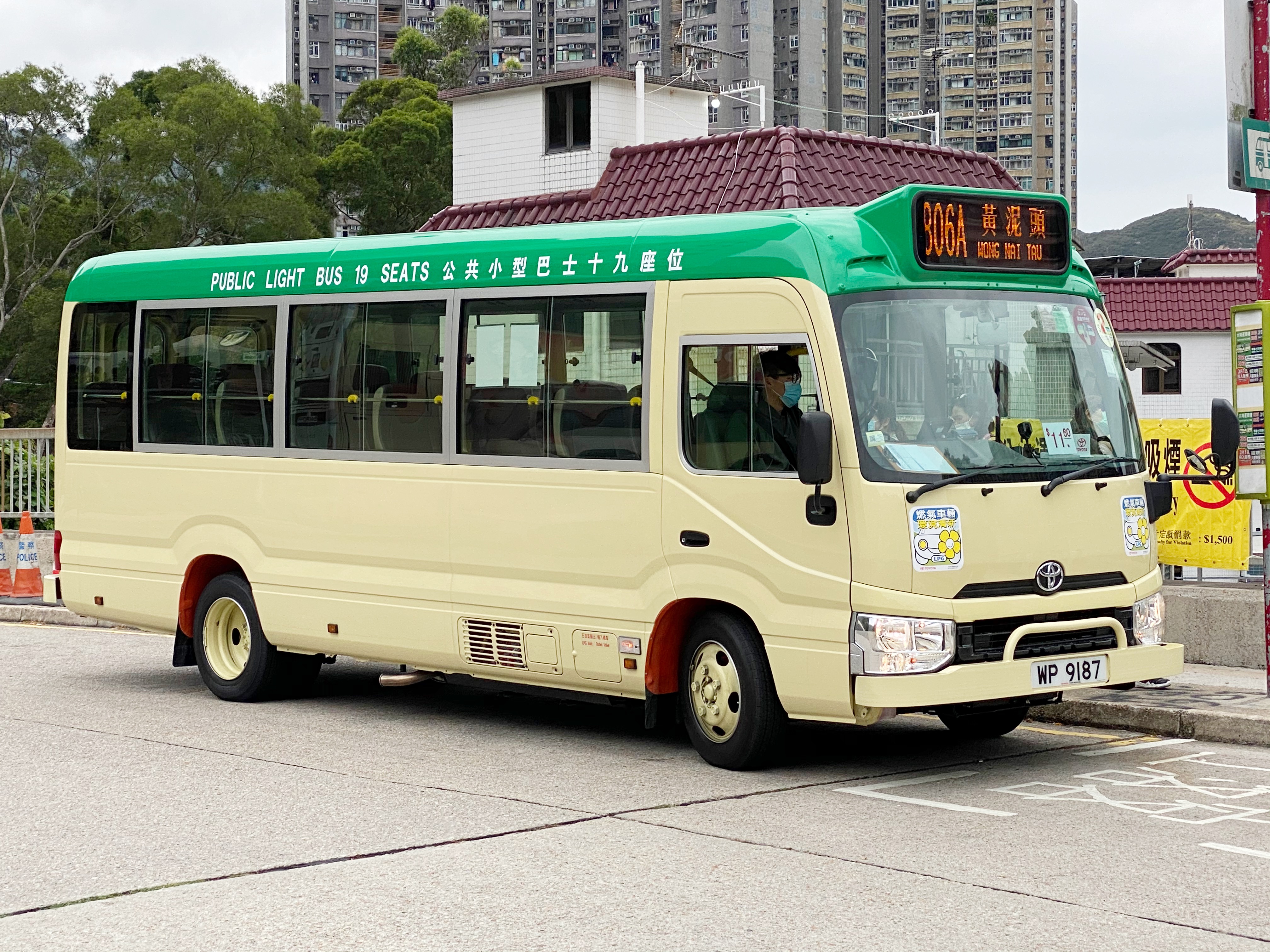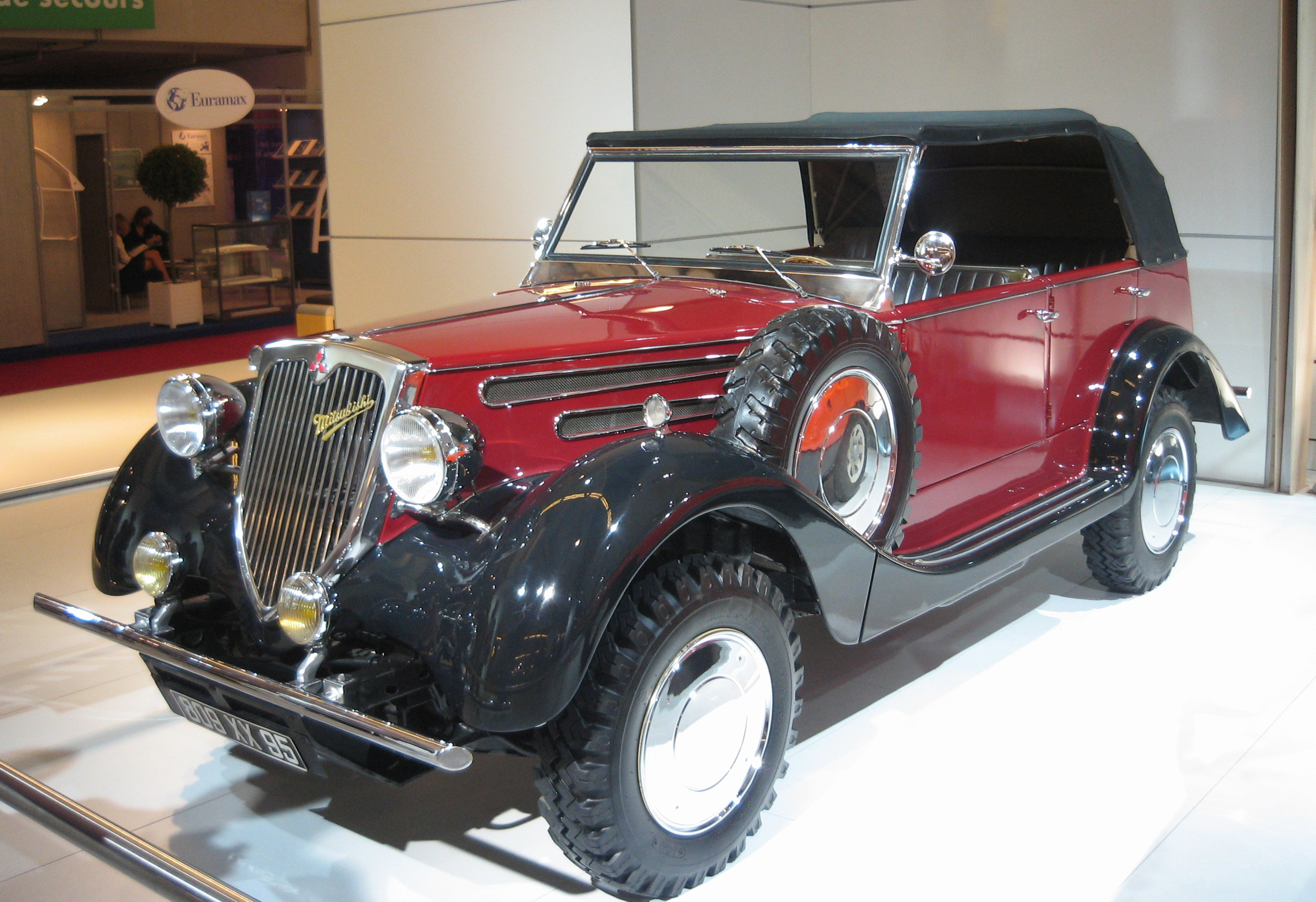|
Hyundai Chorus
The Hyundai Chorus (hangul:현대 코러스) is a minibus built by Hyundai Motor Company. The range was primarily available as tourist buses. Most models of the bus are distinguishable by a front 'Chorus' badge, but the common Hyundai badge is usually used on the rear. In Japan, Asia-Pacific, Mid-East, Africa, Europe, South America, its principal competitor is Asia Combi. Models *1st generation: Hyundai Motor Company & Mitsubishi Fuso design, platform and also called Hyundai Mighty, manufacture period: 1988-1994 *2nd generation: Hyundai Motor Company & Mitsubishi Fuso design, manufacture period: 1994-1998 **Chorus Private (16/25 passengers) **Chorus Tour (16/25 passengers) **Chorus Town (16 passengers) Cultural Influences The Hyundai Chorus is mentioned in Steven Laine's book ''Iconoclast''. See also *Hyundai Motor Company *Hyundai DQ-7 *Hyundai County * List of buses Year refers to the first year introduced. A range of years is the period the bus was manufactured. # ... [...More Info...] [...Related Items...] OR: [Wikipedia] [Google] [Baidu] |
Hyundai Motor Company
Hyundai Motor Company, often abbreviated to Hyundai Motors ( ) and commonly known as Hyundai (, ; ), is a South Korean multinational automotive manufacturer headquartered in Seoul, South Korea, and founded in 1967. Currently, the company owns 33.88 percent of Kia Corporation, and also fully owns two marques including its luxury cars subsidiary, Genesis Motor, and an electric vehicle sub-brand, Ioniq. Those three brands altogether comprise the Hyundai Motor Group. Hyundai operates the world's largest integrated automobile manufacturing facility in Ulsan, South Korea which has an annual production capacity of 1.6 million units. The company employs about 75,000 people worldwide. Hyundai vehicles are sold in 193 countries through 5,000 dealerships and showrooms. History Chung Ju-Yung (1915–2001) founded the Hyundai Engineering and Construction Company in 1947. Hyundai Motor Company was later established in 1967, and the company's first model, the Cortina, was relea ... [...More Info...] [...Related Items...] OR: [Wikipedia] [Google] [Baidu] |
Minibus
A minibus, microbus, minicoach, or commuter (in Zimbabwe) is a passenger-carrying motor vehicle that is designed to carry more people than a multi-purpose vehicle or minivan, but fewer people than a full-size bus. In the United Kingdom, the word "minibus" is used to describe any full-sized passenger-carrying van or panel truck. Minibuses have a seating capacity of between 12 and 30 seats. Larger minibusses may be called midibuses. Minibuses are typically front engine step in vehicles, although low floor minibuses do exist and are particularly common in Japan. Minibuses may range in price from £2000 to nearly £100,000. History It is unknown when the first minibus vehicle was released but it is possible that the first one was the 1935-1955 Chevrolet Suburban or the Volkswagen Transporter, even though the Suburban is thought by most to be an SUV, the first generation to the third generation could have theoretically be classified as minibusses today. Usage Minibuses are u ... [...More Info...] [...Related Items...] OR: [Wikipedia] [Google] [Baidu] |
Rear-wheel-drive Vehicles
Rear-wheel drive (RWD) is a form of engine and transmission layout used in motor vehicles, in which the engine drives the rear wheels only. Until the late 20th century, rear-wheel drive was the most common configuration for cars. Most rear-wheel drive vehicles feature a longitudinally-mounted engine at the front of the car. Layout The most common layout for a rear-wheel drive car is with the engine and transmission at the front of the car, mounted longitudinally. Other layouts of rear-wheel drive cars include front-mid engine, rear-mid engine, and rear-engine. Some manufacturers, such as Alfa Romeo, Lancia, Porsche (944, 924, 928) and Chevrolet (C5, C6, and C7 Corvettes), place the engine at the front of the car and the transmission at the rear of the car, in order to provide a more balanced weight distribution. This configuration is often referred to as a transaxle since the transmission and axle are one unit. History 1890s to 1960s Many of the cars built in the 19t ... [...More Info...] [...Related Items...] OR: [Wikipedia] [Google] [Baidu] |
Buses Of South Korea
A bus (contracted from omnibus, with variants multibus, motorbus, autobus, etc.) is a road vehicle that carries significantly more passengers than an average car or van. It is most commonly used in public transport, but is also in use for charter purposes, or through private ownership. Although the average bus carries between 30 and 100 passengers, some buses have a capacity of up to 300 passengers. The most common type is the single-deck rigid bus, with double-decker and articulated buses carrying larger loads, and midibuses and minibuses carrying smaller loads. Coaches are used for longer-distance services. Many types of buses, such as city transit buses and inter-city coaches, charge a fare. Other types, such as elementary or secondary school buses or shuttle buses within a post-secondary education campus, are free. In many jurisdictions, bus drivers require a special large vehicle licence above and beyond a regular driving licence. Buses may be used for scheduled bus ... [...More Info...] [...Related Items...] OR: [Wikipedia] [Google] [Baidu] |
List Of Buses ...
Year refers to the first year introduced. A range of years is the period the bus was manufactured. # A B C D E F G H I J K L M N O P Q R S T U V W X Y Z Š See also * Bus spotting * Coach (used for long-distance travel) * Dollar van * List of fictional buses * List of Leyland buses * List of AEC buses * Multi-axle bus * Trackless train * Tram * Single decker buses References {{South American bus builders 01 * * Bus A bus (contracted from omnibus, with variants multibus, motorbus, autobus, etc.) is a road vehicle that carries significantly more passengers than an average car or van. It is most commonly used in public transport, but is also in use for cha ... [...More Info...] [...Related Items...] OR: [Wikipedia] [Google] [Baidu] |
Iconoclast
Iconoclasm (from Greek: grc, εἰκών, lit=figure, icon, translit=eikṓn, label=none + grc, κλάω, lit=to break, translit=kláō, label=none)From grc, εἰκών + κλάω, lit=image-breaking. ''Iconoclasm'' may also be considered as a back-formation from ''iconoclast'' (Greek: εἰκοκλάστης). The corresponding Greek word for iconoclasm is εἰκονοκλασία, ''eikonoklasia''. is the social belief in the importance of the destruction of icons and other images or monuments, most frequently for religious or political reasons. People who engage in or support iconoclasm are called iconoclasts, a term that has come to be figuratively applied to any individual who challenges "cherished beliefs or venerated institutions on the grounds that they are erroneous or pernicious." Conversely, one who reveres or venerates religious images is called (by iconoclasts) an '' iconolater''; in a Byzantine context, such a person is called an ''iconodule'' or ''iconop ... [...More Info...] [...Related Items...] OR: [Wikipedia] [Google] [Baidu] |
Asia Combi
Asia (, ) is one of the world's most notable geographical regions, which is either considered a continent in its own right or a subcontinent of Eurasia, which shares the continental landmass of Afro-Eurasia with Africa. Asia covers an area of , about 30% of Earth's total land area and 8.7% of Earth's total surface area. The continent, which has long been home to the majority of the human population, was the site of many of the first civilizations. Its 4.7 billion people constitute roughly 60% of the world's population. In general terms, Asia is bounded on the east by the Pacific Ocean, on the south by the Indian Ocean, and on the north by the Arctic Ocean. The border of Asia with Europe is a historical and cultural construct, as there is no clear physical and geographical separation between them. It is somewhat arbitrary and has moved since its first conception in classical antiquity. The division of Eurasia into two continents reflects East–West cultural, linguistic, ... [...More Info...] [...Related Items...] OR: [Wikipedia] [Google] [Baidu] |
Coach (bus)
A coach (or coach bus/motorcoach) is a type of bus built for longer-distance service, in contrast to transit buses that are typically used within a single metropolitan region. Often used for touring, intercity, and international bus service, coaches are also used for private charter for various purposes. Coaches are also related and fall under a specific category/type of RVs. Deriving the name from horse-drawn carriages and stagecoaches that carried passengers, luggage, and mail, modern motor coaches are almost always high-floor buses, with separate luggage hold mounted below the passenger compartment. In contrast to transit buses, motor coaches typically feature forward-facing seating, with no provision for standing. Other accommodations may include onboard restrooms, televisions, and overhead luggage space. History Background Horse-drawn chariots and carriages ("coaches") were used by the wealthy and powerful where the roads were of a high enough standard from p ... [...More Info...] [...Related Items...] OR: [Wikipedia] [Google] [Baidu] |
Hangul
The Korean alphabet, known as Hangul, . Hangul may also be written as following South Korea's standard Romanization. ( ) in South Korea and Chosŏn'gŭl in North Korea, is the modern official writing system for the Korean language. The letters for the five basic consonants reflect the shape of the speech organs used to pronounce them, and they are systematically modified to indicate phonetic features; similarly, the vowel letters are systematically modified for related sounds, making Hangul a featural writing system. It has been described as a syllabic alphabet as it combines the features of alphabetic and syllabic writing systems, although it is not necessarily an abugida. Hangul was created in 1443 CE by King Sejong the Great in an attempt to increase literacy by serving as a complement (or alternative) to the logographic Sino-Korean ''Hanja'', which had been used by Koreans as its primary script to write the Korean language since as early as the Gojoseon period (spanni ... [...More Info...] [...Related Items...] OR: [Wikipedia] [Google] [Baidu] |
Mitsubishi Motors Corporation
is a Japanese multinational automobile manufacturer headquartered in Minato, Tokyo, Japan.Corporate Profile , Mitsubishi Motors website, 19 June 2008 In 2011, Mitsubishi Motors was the sixth-largest Japanese and the 19th-largest worldwide by production. Since October 2016, Mitsubishi has been one-third (34%) owned by , thus a part of the Renault–Nissan–Mitsubishi Alliance. Besides being part of the ... [...More Info...] [...Related Items...] OR: [Wikipedia] [Google] [Baidu] |
Mitsubishi Fuso Truck And Bus Corporation
The is a manufacturer of trucks and buses. It is headquartered in Kawasaki, Kanagawa, Japan. Currently, it is 89.29% owned by Germany-based Daimler Truck. ''Fuso'' derives from the ancient Chinese language, Chinese term '''' (扶桑), for a sacred tree said to grow at the spot in the east where the sun rises, and has been used to refer to Japan itself. The actual fuso tree is a . History Mitsubishi Heavy Industries. ...
|
Mitsubishi Fuso Rosa
The Mitsubishi Fuso Rosa (kana: 三菱ふそう・ローザ) is a Japanese minibus based on the Mitsubishi Fuso Canter manufactured by Mitsubishi Fuso Truck and Bus Corporation. The Mitsubishi Fuso Rosa was launched in 1960 and is now in its fifth generation, known as the BE7. In Japan, Asia-Pacific, Mid-East, Africa, Jamaica and South America, its principal competitors are the Isuzu Journey, Nissan Civilian, Mazda Parkway and Toyota Coaster. History The Mitsubishi Rosa was launched in 1960 by the Mitsubishi Heavy Industries (formerly China-Japan Heavy Industries) and was called Mitsubishi Rosa. In 1964, three companies merged with the Mitsubishi Heavy Industries to become a new Mitsubishi Heavy Industries, and the Mitsubishi Rosa became a Mitsubishi Fuso product to replace the Fuso MB720 minibus in 1966. First generation (1960-1973) Mitsubishi officially launched the Rosa minibus in 1960. At that time, the factory was coded as B10 and developed from the chassis of the original ... [...More Info...] [...Related Items...] OR: [Wikipedia] [Google] [Baidu] |
.jpg)








